- Joined
- Aug 15, 2000
- Messages
- 19,088
What do Yo'All think about this?
I think anything that creates extra hype and fun around the wonderful trinket business is a good thing.
When clusters went out of style and much smaller stones were used around center gems and diamonds, simply giving the name HALO created a market and a great new style (everything old is new again).
But I expect there will be nay sayers.
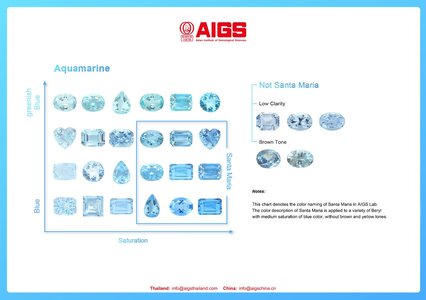
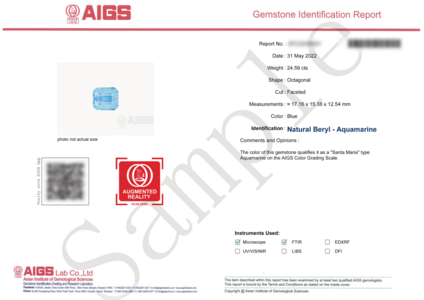
The Asian Institute of Gemological Sciences (AIGS) launches the Santa Maria color code and grading reports for aquamarine in June 2022 and sets a standard for the trade name.
Most aquamarines are eye clean making color one of the most important value factors. The name of aquamarine comes from the Latin word for “sea water”. The body color ranges from greenish-blue to blue-green, usually in light tone. Many aquamarines in the market have been heat-treated to obtain a rich, intense color, therefore clean, unheated blue aquamarines with good saturation are highly sought after due to their rarity.
The AIGS Santa Maria color code applies to aquamarines, a variety of beryl, with blue color and medium saturation without brown or yellow tints. Aquamarines with low saturation, low clarity and dark tones do not meet the criteria. The trade name originates from the typical color aquamarines from the Santa Maria de Itabira mine in Minas Gerais, Brazil. The legendary mine has produced large quantities of fine color aquamarines, but is now almost depleted. The AIGS code Santa Maria refers to color only and not geographic origin.
Brazil is one of the most important aquamarine sources and the best aquamarines from Brazil have brilliant blue color, high clarity and good crystal forms. Afghanistan, Pakistan, Mozambique, Nigeria, Zambia, Madagascar, Myanmar and China also produce aquamarines.
“The launch of the Santa Maria color code is yet another important initiative after launching our Jedi spinel reports last October. Trade names such as Pigeon Blood and Royal Blue have been used for centuries by gem traders to describe ideal colors implying value and rarity. Yet these trade names are often ambiguous with definitions varying between buyers and sellers alike. By transforming trade names into an industry standard through reports graded by third-party objectivity, AIGS aims to reduce such ambiguity,” says Kennedy Ho, Chairman of AIGS.
I think anything that creates extra hype and fun around the wonderful trinket business is a good thing.
When clusters went out of style and much smaller stones were used around center gems and diamonds, simply giving the name HALO created a market and a great new style (everything old is new again).
But I expect there will be nay sayers.


The PRESS RELEASE: AIGS Launches Santa Maria Aquamarine Grading Reports
The Asian Institute of Gemological Sciences (AIGS) launches the Santa Maria color code and grading reports for aquamarine in June 2022 and sets a standard for the trade name.
Most aquamarines are eye clean making color one of the most important value factors. The name of aquamarine comes from the Latin word for “sea water”. The body color ranges from greenish-blue to blue-green, usually in light tone. Many aquamarines in the market have been heat-treated to obtain a rich, intense color, therefore clean, unheated blue aquamarines with good saturation are highly sought after due to their rarity.
The AIGS Santa Maria color code applies to aquamarines, a variety of beryl, with blue color and medium saturation without brown or yellow tints. Aquamarines with low saturation, low clarity and dark tones do not meet the criteria. The trade name originates from the typical color aquamarines from the Santa Maria de Itabira mine in Minas Gerais, Brazil. The legendary mine has produced large quantities of fine color aquamarines, but is now almost depleted. The AIGS code Santa Maria refers to color only and not geographic origin.
Brazil is one of the most important aquamarine sources and the best aquamarines from Brazil have brilliant blue color, high clarity and good crystal forms. Afghanistan, Pakistan, Mozambique, Nigeria, Zambia, Madagascar, Myanmar and China also produce aquamarines.
“The launch of the Santa Maria color code is yet another important initiative after launching our Jedi spinel reports last October. Trade names such as Pigeon Blood and Royal Blue have been used for centuries by gem traders to describe ideal colors implying value and rarity. Yet these trade names are often ambiguous with definitions varying between buyers and sellers alike. By transforming trade names into an industry standard through reports graded by third-party objectivity, AIGS aims to reduce such ambiguity,” says Kennedy Ho, Chairman of AIGS.






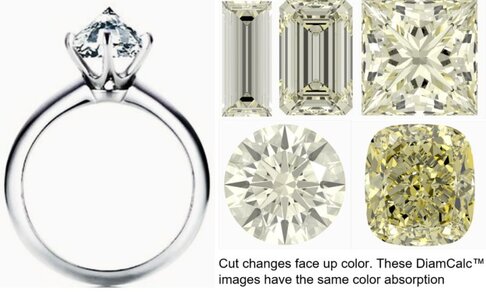
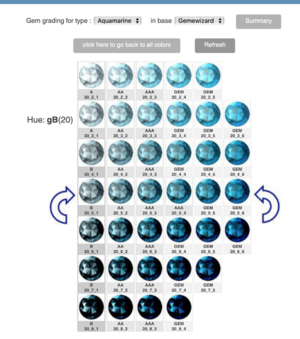
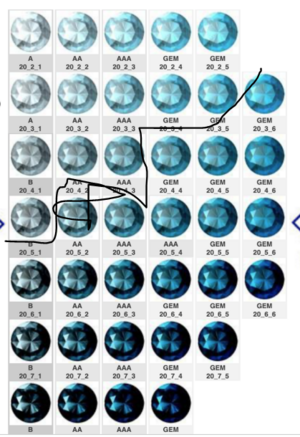
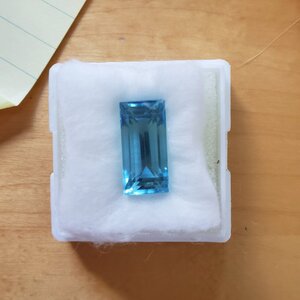
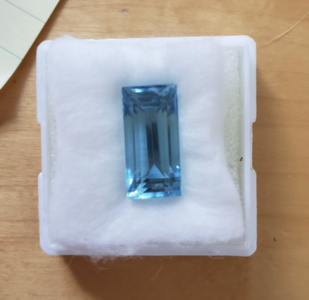
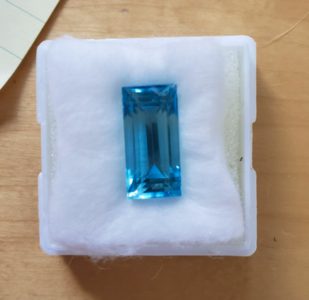
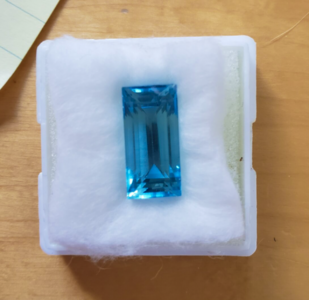
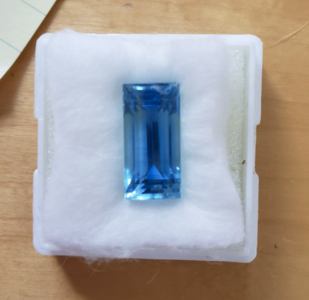


300x240.png)